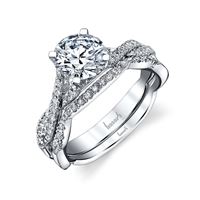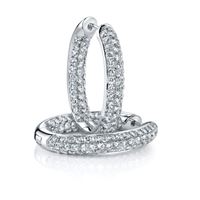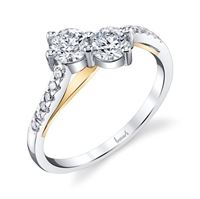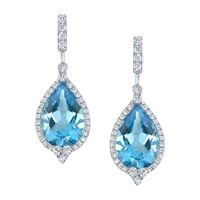A diamond in its natural form is created over thousands of years and comes from the earth. Recently, man has created their own version, a synthetic diamond that is grown over days in a plasma chamber. (How romantic…) But in all seriousness synthetic diamonds and natural diamonds are the same genetic makeup. A human eye cannot tell the difference between the two. “So, what is the difference?” you ask. Let’s find out.
“Man-made,” “lab-grown,” “laboratory-created,” “cultured,” or as it is used in its most common form “synthetic,” are all words termed to describe diamonds that are created by man, with qualities that are made in a lab. They are grown in days or weeks, depending on the size of the gemstone, and they cost 20-30 percent less than a natural diamond of the same size and quality.
The process to create a synthetic diamond uses massive amounts of electricity. The electricity is fed into a small controlled environment (known as a plasma chamber) to grow a diamond. The process uses so much electricity in fact, that it is not environmentally friendly at all (even though most think it is). Both processes for gathering diamonds affect the environment differently, but neither are good for our planet.
“But they cost less!” you say. You are correct! They do cost less than a natural diamond found in the earth. We do want to warn you however, since they are created by man, and only take a few days to form, there is no telling how long their value will hold its place. It could be years from now, but because the man-made diamonds can be replicated there is no telling how long, or short, they will be valuable.
Take Away:
Same Genetic Makeup as a Natural Diamond
Cost Less
Not as Valuable
Not Environmentally Friendly











